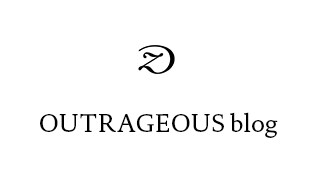 | ||
| HENRI ROUSSEAU "Le rêve", 1910, 204 × 298 cm, Courtesy Museum of Modern Art |
Curator, Tear Down These Walls
Roberta Smith in NEW YORK TIMES, 01/31/2013
A MODEST PROPOSAL for this country’s great repositories of pre-20th-century American art: Why don’t you, as Diana Vreeland might have asked, mix folk art in with the more realistic, academically correct kind that has so dominated museums since the 19th century? Despite rising interest in and scholarship about folk art — and even after the wholesale rethinking of several major American wings on the East Coast — the isolation of folk from academic is still the norm. Given that we live in a time of eroding aesthetic boundaries and categories, when many curators are experimenting with integrative approaches in international biennials and commercial galleries, it seems past time for the folk-academic division to soften. It undoubtedly has at some institutions, especially those with modest collections.
But at some of the country’s most influential museums separation remains the rule and has, if anything, been freshly reinforced. Over the past three years four prominent East Coast museums rich in both folk and academic paintings have renovated, expanded and reinstalled their galleries of pre-20th-century American art: the National Gallery of Art in Washington in 2009; the Museum of Fine Arts, Boston, a year later; the Metropolitan Museum of Art last January; and, in December, the entirely revamped Yale University Art Gallery in New Haven. In each case the folk art is largely relegated to separate quarters and granted only a fraction of the wall space. Whatever the rationale for this segregation, it cannot help conveying a sense that folk art is marginal or inferior. (...)
Read the complete article HERE
www.nytimes.com

No comments:
Post a Comment